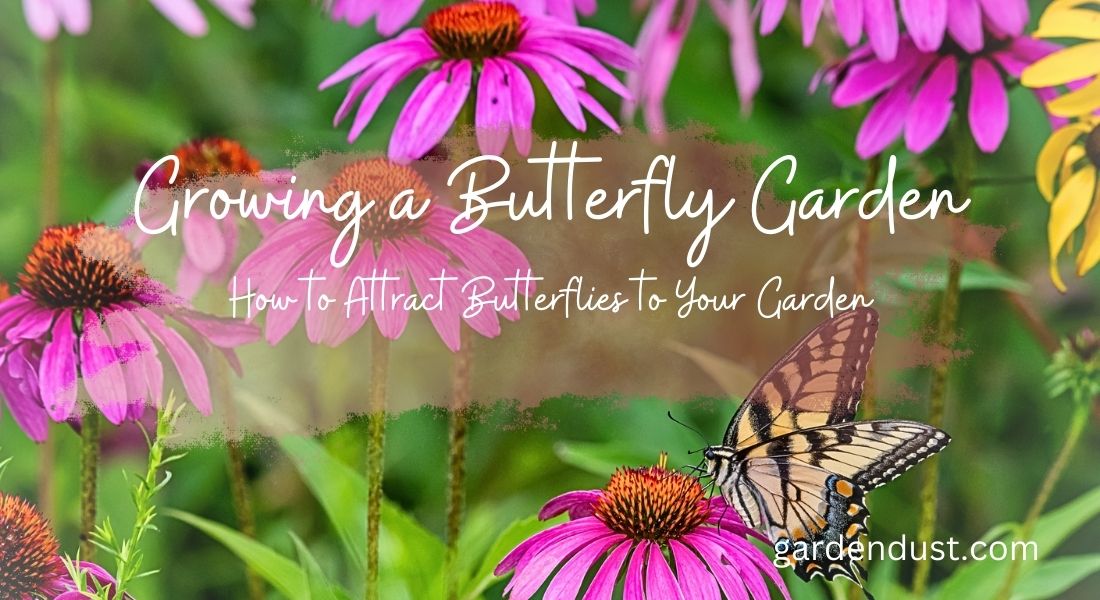Butterflies are not only beautiful to look at, but they also play a crucial role in pollination, making them an essential part of any garden ecosystem. If you’re interested in attracting these beautiful creatures to your garden, you can create a butterfly garden that provides them with the perfect habitat. In this article, we’ll take a look at how you can grow a butterfly garden and attract these colorful insects to your outdoor space.
Butterflies not only add beauty to your garden but they also play a critical role in pollination. As they feed on nectar, they pick up pollen on their bodies, which they then transfer to other flowers. This helps to fertilize the plants and ensures that they produce seeds, which are essential for the survival of many plant species.
Guidelines to grow butterfly garden
When planning your butterfly garden, it’s important to choose a variety of plants that bloom at different times of the year. This will provide a constant source of nectar for butterflies and ensure that they visit your garden throughout the growing season. In addition, you can plant a mix of annuals and perennials, which will provide both short-term and long-term sources of nectar.
You can also create a butterfly garden in containers if you have limited space. Simply choose a variety of nectar-producing flowers and host plants and plant them in a large container. Make sure the container is placed in a sunny location and that it has adequate drainage.
Another way to attract butterflies to your garden is to include a variety of heights in your plantings. This will provide butterflies with different options for feeding and resting. For example, you can plant tall grasses or shrubs in the back of your garden and shorter plants in the front.
It’s also important to provide a variety of host plants for butterfly caterpillars. If you only plant nectar-producing flowers, the butterflies will not have a place to lay their eggs, and you will not have any caterpillars in your garden. By providing host plants, you can ensure that you have a healthy population of butterflies in your garden.
In addition to planting host plants, you can also create butterfly habitats in your garden. For example, you can create a butterfly house, which is a small structure that provides a sheltered space for butterflies to rest. You can also create a butterfly puddling station, as mentioned earlier, by filling a shallow container with sand and water.
Step 1: Determine the Right Location
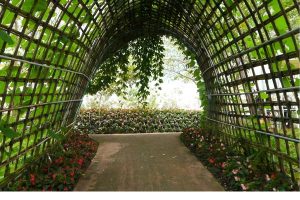
The first step in creating a butterfly garden is to determine the right location. Butterflies love sunny spots that are sheltered from the wind, so look for a spot in your garden that receives at least 6 hours of direct sunlight per day. You’ll also want to choose a spot that is sheltered from the wind, as butterflies don’t like strong gusts that can make it difficult for them to fly.
Step 2: Choose the Right Plants
Butterflies love nectar-producing flowers, and they are especially attracted to brightly colored flowers such as purple, pink, orange, and yellow. Some of the best plants for a butterfly garden include:
- Milkweed
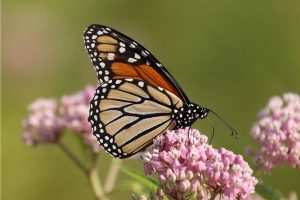
Milkweed is essential for monarch butterflies, as it is the only plant that monarch caterpillars will eat. It produces beautiful, fragrant flowers that are also attractive to other butterfly species.
- Black-eyed Susan
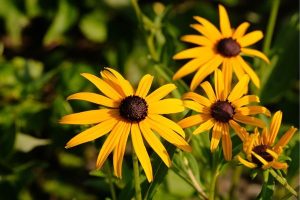
These cheerful flowers produce a large amount of nectar, making them a popular choice for butterfly gardens.
- Coneflower
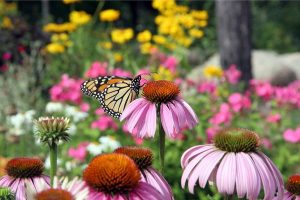
Coneflowers come in a range of colors and produce nectar throughout the summer months, making them an excellent choice for a butterfly garden.
- Butterfly bush
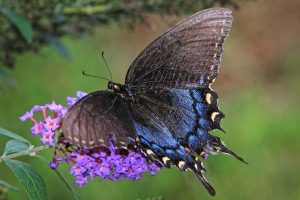
As its name suggests, the butterfly bush is a favorite of butterflies, as it produces large, colorful flowers that are rich in nectar.
- Verbena
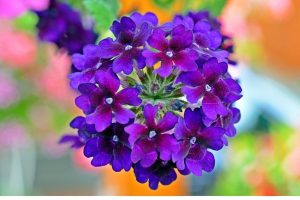
Verbena is a low-growing plant that produces small, fragrant flowers that are perfect for attracting butterflies.
Step 3: Provide Food for Caterpillars

In addition to nectar-producing flowers, you’ll also want to provide food for butterfly caterpillars. The best way to do this is by planting host plants, which are specific plants that caterpillars will eat. Some of the best host plants for butterfly gardens include:
- Milkweed: As mentioned earlier, milkweed is essential for monarch butterflies, as it is the only plant that monarch caterpillars will eat.
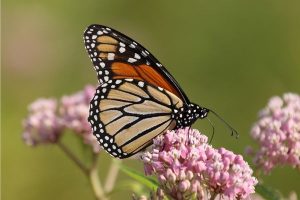
- Parsley: Parsley is a host plant for the black swallowtail butterfly, and it’s easy to grow in a garden.
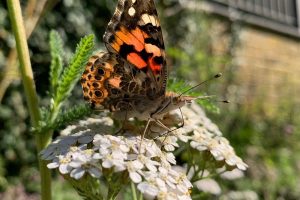
- Dill: Dill is another host plant for the black swallowtail butterfly, and it produces fragrant flowers that are also attractive to adult butterflies.
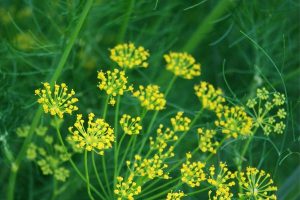
- Fennel: Fennel is a host plant for the black swallowtail butterfly and produces beautiful, feathery foliage that is also edible.
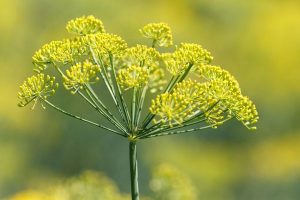
Step 4: Provide Shelter and Water
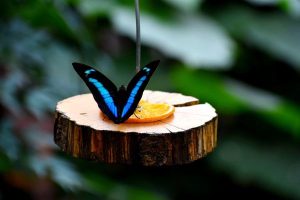
Butterflies need shelter from the wind and rain, and they also need a source of water. To provide shelter, you can plant tall grasses or erect a butterfly house, which is a small structure that provides a sheltered space for butterflies to rest. To provide water, you can place a shallow dish of water in your garden, or you can create a butterfly puddling station by filling a shallow container with sand and water. Butterflies will land on the sand and drink the water, which will also provide them with important minerals.
Step 5: Avoid Pesticides
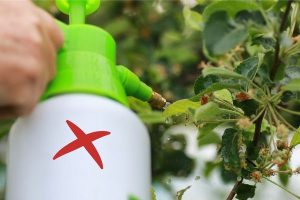
Finally, it’s important to avoid using pesticides in your garden if you want to attract butterflies. Pesticides can kill not only harmful insects but also beneficial insects such as butterflies. Instead, use natural pest control methods such as handpicking pests or using insecticidal soap.
Growing a butterfly garden is a rewarding experience that can provide you with hours of enjoyment as you watch these beautiful creatures flit from flower to flower. By following the steps outlined above, you can create a garden that is not only beautiful but also provides habitat for butterflies and other beneficial insects. So why not start planning your butterfly garden today and enjoy the beauty and wonder of these amazing creatures in your own backyard? Happy Gardening…….

